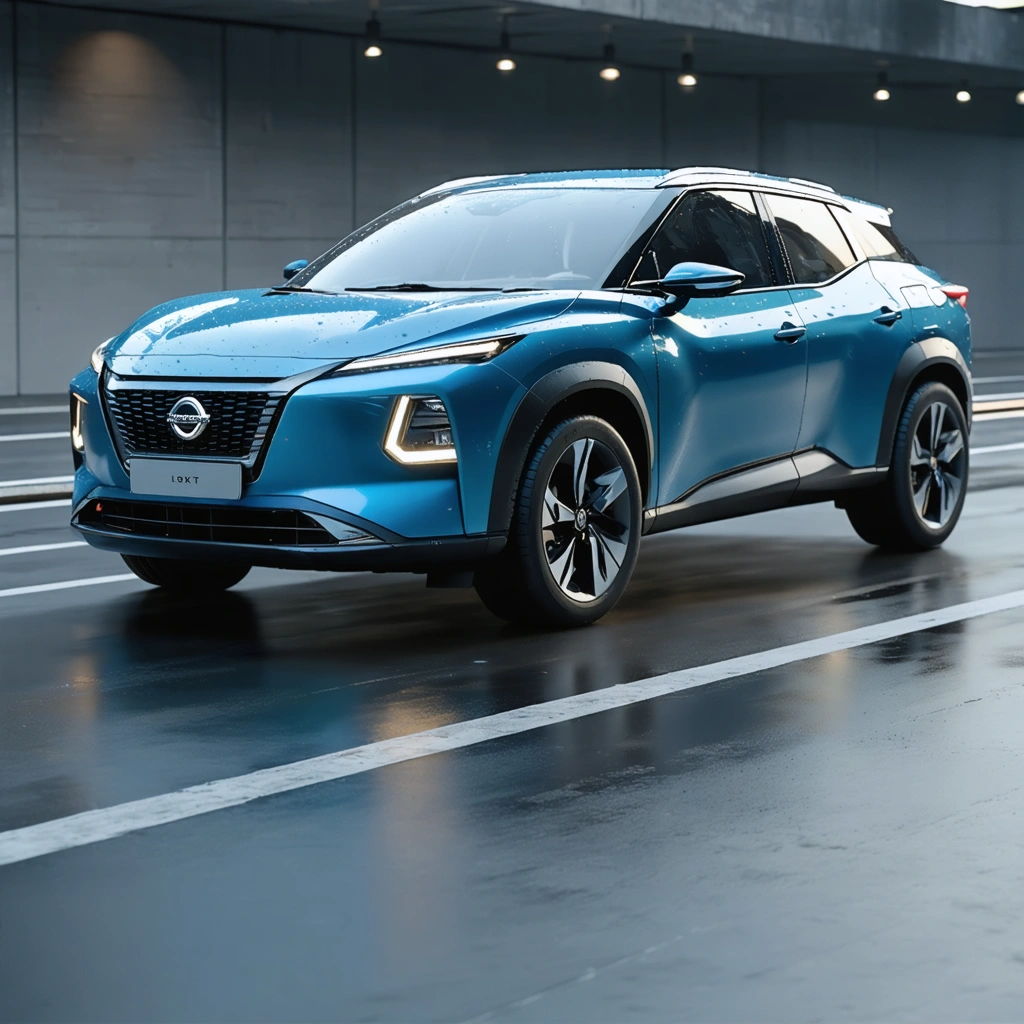
Market Overview and Current Trends
The Norwegian auto market has been experiencing a remarkable transformation, with battery electric vehicles (BEVs) continuing to secure a dominant position. In February, plugin EVs accounted for an impressive 96.2% of the market share compared to 92.1% a year ago. This surge reflects not only consumer confidence in electric mobility but also the effectiveness of governmental incentives, infrastructure development, and innovative product offerings. Overall auto volume reached 8,949 units with a notable 21% year-on-year increase, highlighting a market that is adapting robustly to new sustainability standards.
Key Drivers of BEV Dominance
Government Policies and Incentives
One of the primary catalysts behind Norway’s EV success is the progressive policy framework, including:
- Tax exemptions and reduced registration fees for electric vehicles
- Subsidies for EV purchasers to offset the initial purchase cost
- Extensive availability of public charging infrastructure
- Preferential access to bus lanes and toll-free toll roads
These measures collectively position Norway as a global leader in transitioning towards renewable transportation technologies.
Technological Advancements and Consumer Preferences
The rapid advancement in battery technology and vehicle design has also played a crucial role in shifting consumer preferences. Key aspects include:
- Extended driving ranges due to improved battery efficiency
- Reduction in charging time through cutting-edge fast-charging solutions
- Competitive performance and enhanced safety features in modern EV models
- Integration of smart and connected car technologies
Consumers increasingly favor environmentally conscious choices without compromising on style or functionality, thereby boosting sales of BEVs significantly.
The Nissan Ariya: Revolutionizing the Market
Innovative Features and Market Position
The Nissan Ariya has emerged as the best-seller among BEVs in February, embodying the blend of innovation and luxury that today’s consumer demands. Its market success can be attributed to several key factors:
- Design: A modern, aerodynamic exterior paired with a sophisticated interior that emphasizes comfort and connectivity.
- Performance: Competitive acceleration metrics and an extended range that meet the needs of both urban and long-distance driving.
- Technology: Advanced driver assistance systems, integrated infotainment, and seamless connectivity options offer an immersive driving experience.
- Sustainability: Commitment to reducing carbon emissions and reliance on fossil fuels, in line with Norway’s environmental targets.
Competitive Analysis through a Comparative Lens
Comparing the Nissan Ariya with other powertrain options available in the market reveals insightful trends. The following table summarizes the evolution of various powertrains in Norway’s auto sector:
| Powertrain Type | Market Share (%) | Key Advantages | Challenges |
|---|---|---|---|
| Battery Electric Vehicles (BEVs) | 96.2 |
|
|
| Plug‑in Hybrid Electric Vehicles (PHEVs) | Marginal share |
|
|
| Hybrid Electric Vehicles (HEVs) and Diesels | Steady performance in specific segments |
|
|
This comparative analysis underscores the strong competitive edge of BEVs, especially when complemented by vehicles like the Nissan Ariya.
Business Implications and Future Outlook
Strategic Considerations for Industry Stakeholders
As the market continues to evolve, industry stakeholders must adapt their strategies to harness the momentum of the EV revolution. Key strategic considerations include:
- Investing in research and development for next-generation EV technology
- Expanding charging network infrastructure to cater to increased demand
- Enhancing customer service and after-sales support for EV owners
- Forming strategic alliances with technology providers and government bodies
Projections for Market Growth and Sustainability
The implications of this transformative trend extend well beyond Norway’s borders. As BEVs continue to set benchmarks for efficiency and sustainability, global auto manufacturers are likely to escalate investments in electric mobility. With continued governmental support and consumer preference for eco-friendly vehicles, the market is projected to witness:
- Expansion of EV models across various segments, from economy to luxury
- Enhanced cross-border technological collaborations
- Incremental improvements in battery lifespan and vehicle range
- Further reduction in emissions and environmental footprint
Companies that understand these dynamics are well poised to capitalize on the shift towards sustainable transportation. The eventual convergence of technology, infrastructure, and market demand will likely lead to an era dominated by electrically powered vehicles, reinforcing the position of leaders such as Nissan with flagship models like the Ariya.
In conclusion, Norway’s exceptional performance in plugin EV adoption not only sets an exemplary standard for the global auto industry but also signals a definitive move towards sustainable business practices. The dominance of BEVs, illustrated by the stellar performance of the Nissan Ariya, underscores the need for continued innovation, strategic planning, and an unwavering commitment to environmental stewardship in the fast-evolving landscape of automotive technology.




